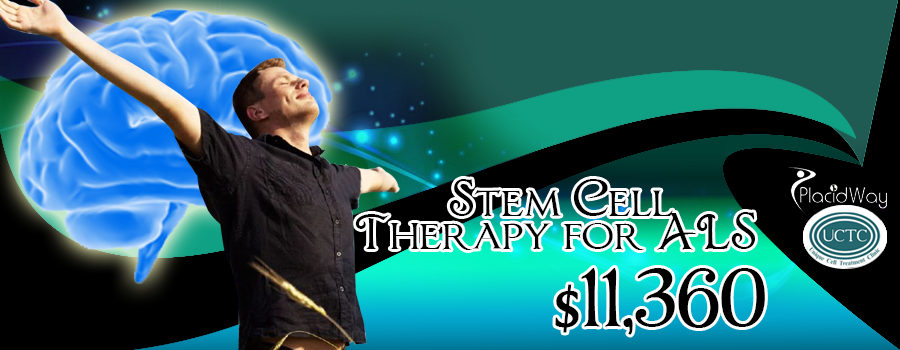

Indeed, in the past two decades, transplantation of various SC products has been evaluated in numerous Phase I and II clinical trials designed to assess feasibility and safety, but also looking for indications of clinical benefit, reflected by changes in the progression rate of the ALS functional ratings score (ALSFRS) and the respiratory function (forced or slow vital capacity, F/SVC). Stem cell (SC) therapy has been proposed as a promising treatment option for ALS based on the potential effects on various pathogenic mechanisms through trophic and/or immunomodulatory support and, perhaps, by providing host neural cell replacement 9. In addition, clinical trials are underway with antisense oligonucleotides targeting mutations in SOD1 (NCT02623699) 7 and C9orf72 (NCT03626012) 8 genes. Edaravone (MCI-186, 3-methyl-1-phenyl-2-pyrazolin-5-one) is a strong antioxidant that has been recently shown to slow down the decline of ALS functional rating score (FRS) compared with placebo 6. Indeed, riluzole (2-amino-6- benzothiazole, RP54274), the standard of care in ALS, is an antagonist of glutamatergic neurotransmission that has been demonstrated to slightly delay the onset of respiratory dysfunction and extend the median survival 2–3 months 5. Around 40% of SOD1 ALS patients have hyperexcitability and this correlates with a more severe outcome. Besides, other pathogenic processes, such as glutamate toxicity, endoplasmic reticulum and oxidative stress, loss of trophic factors, inflammation, or mitochondrial dysfunction have been involved in disease onset and progression, based on experimental and clinical data 4.ĭespite much research, there has been little success in the quest for disease modifying or neuroprotective strategies, with only two FDA-approved pharmacological agents, riluzole and edaravone.

Neuropathological findings include degeneration and loss of motoneurons with astrocytic gliosis in the motor cortex, the brainstem, and the spinal cord, and, in most cases, ubiquitinated cytoplasmic TDP-43 inclusions. Mutations in these genes, which also occur in sporadic forms of the disease, alter proteostasis, protein trafficking and quality control, perturb aspects of RNA stability, function and metabolism, nuclear pore transport, and cytoskeletal dynamics 3. About 10% of ALS cases are familial (FALS), caused by dominantly inherited autosomal mutations in SOD1, TARDBP, FUS, and C9orf72, among other genes 2. The mean age at diagnosis is 54–69 years and patients manifest weakness in the limbs (spinal onset) or difficulty in speaking or swallowing (bulbar onset) that leads to death, usually through respiratory failure, 24–50 months after the diagnosis 1. Recent studies report a prevalence between 4.1 and 8.4 per 100, 000 persons, with the male-to-female ratio being between 1 and 2. In addition, in-depth understanding of disease mechanisms in subsets of patients will help tailoring SC therapy to specific targets and increase the likelihood of improving outcomes.Īmyotrophic lateral sclerosis (ALS) is a neurodegenerative disease with a largely unknown pathogenesis that primarily targets motor neurons. Based on current evidence, we conclude that optimal cell product and route of administration need to be determined in properly controlled preclinical models before further advancing into ALS patients. Our analyses indicate that whereas intrathecal injection of mesenchymal stromal cells appears to have a transient positive effect on clinical progression, as measured by the ALS functional rating score, there was a worsening of respiratory function measured by forced vital capacity after all interventions. Eleven studies were included comprising 220 cell-treated patients who received mesenchymal (M) SC ( n = 152), neural (N) SC ( n = 57), or mononuclear cells (MNC: CD34, CD117, and CD133 positive cells) ( n = 11). We identified 670 references by electronic search and 90 full-text studies were evaluated according to the eligibility criteria. In this way, we aimed to determine the effect of the SC intervention despite individual heterogeneity in disease progression. Here, we conducted a meta-analysis to systematically assess the outcome of SC therapy trials which report the evolution of each patient before and after cell administration. Transplantation of several types of stem cells (SC) for the treatment of amyotrophic lateral sclerosis (ALS) has been evaluated in numerous Phase I/II clinical trials with inconclusive results.


 0 kommentar(er)
0 kommentar(er)
